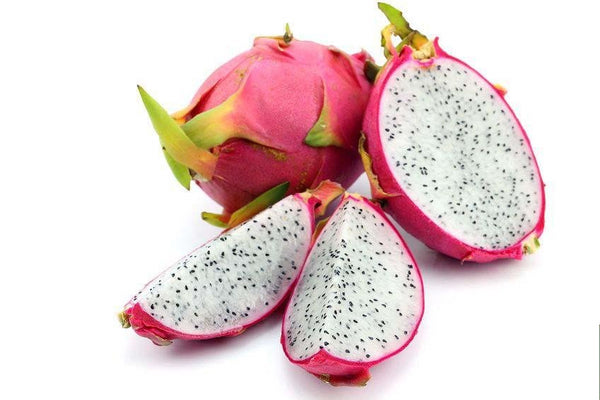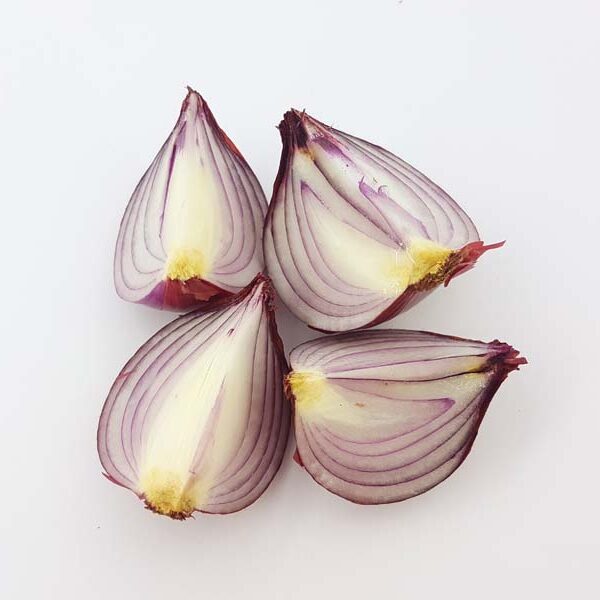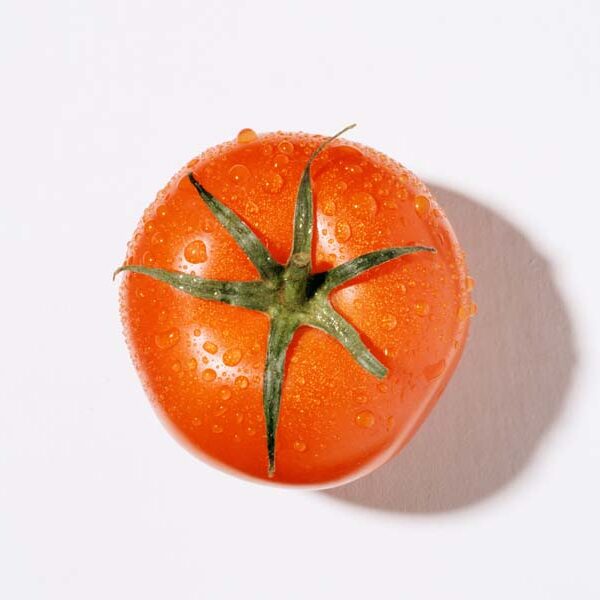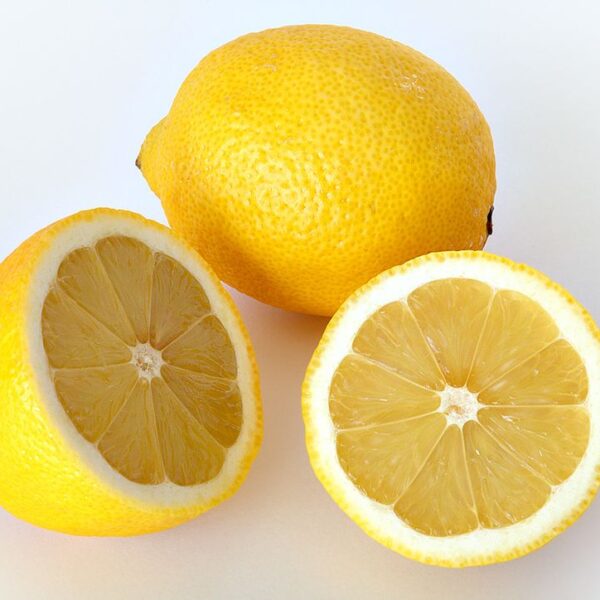A pitaya (/pɪˈtaɪ.ə/) or pitahaya (/ˌpɪtəˈhaɪ.ə/) is the fruit of several different cactus species indigenous to the Americas.[1][2] Pitaya usually refers to fruit of the genus Stenocereus, while pitahaya or dragon fruit refers to fruit of the genus Selenicereus (formerly Hylocereus), both in the family Cactaceae. Dragon fruit is cultivated in Mexico, South Asia, Southeast Asia, East Asia, the United States, the Caribbean, Australia, Mesoamerica and throughout tropical and subtropical regions of the world.
Dragon Fruit
These fruits are commonly known in English as “dragon fruit”, a name used since 1963, apparently resulting from the leather-like skin and prominent scaly spikes on the fruit exterior.[3] The names pitahaya and pitaya derive from Mexico, and pitaya roja in Central America and northern South America, possibly relating to pitahaya for names of tall cacti species with flowering fruit.[2][4] The fruit may also be known as a strawberry pear.[5]
The fruit normally weighs from 150 to 600 grams (5+1⁄2 to 21 oz); some may reach 1 kg (2 lb 3 oz).[6] Early imports from Colombia to Australia were designated “Hylocereus ocampensis” (or “Cereus repandus“, the red fruit) and “Cereus triangularis” (supposedly, the yellow fruit). It is not quite certain to which species these taxa refer




